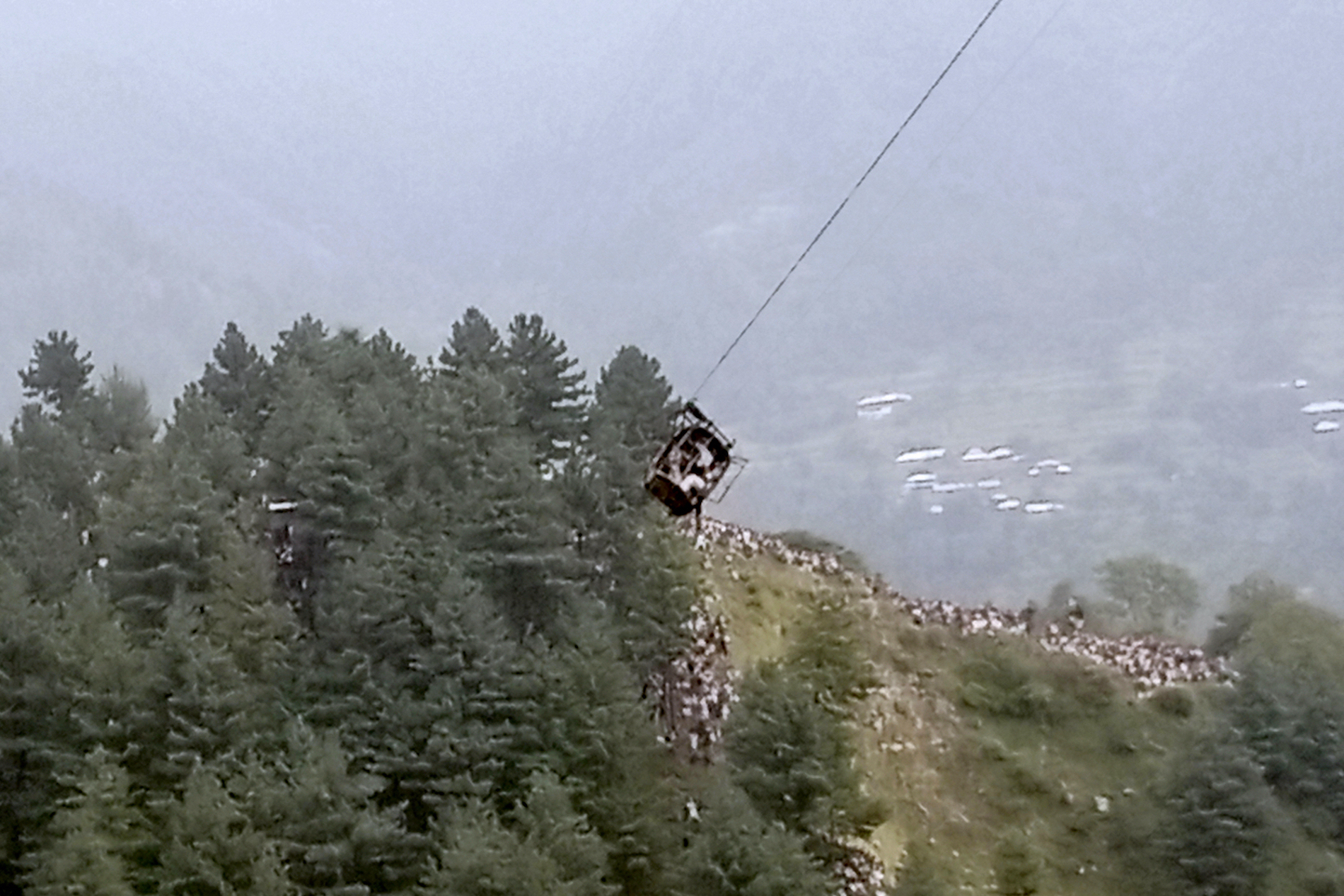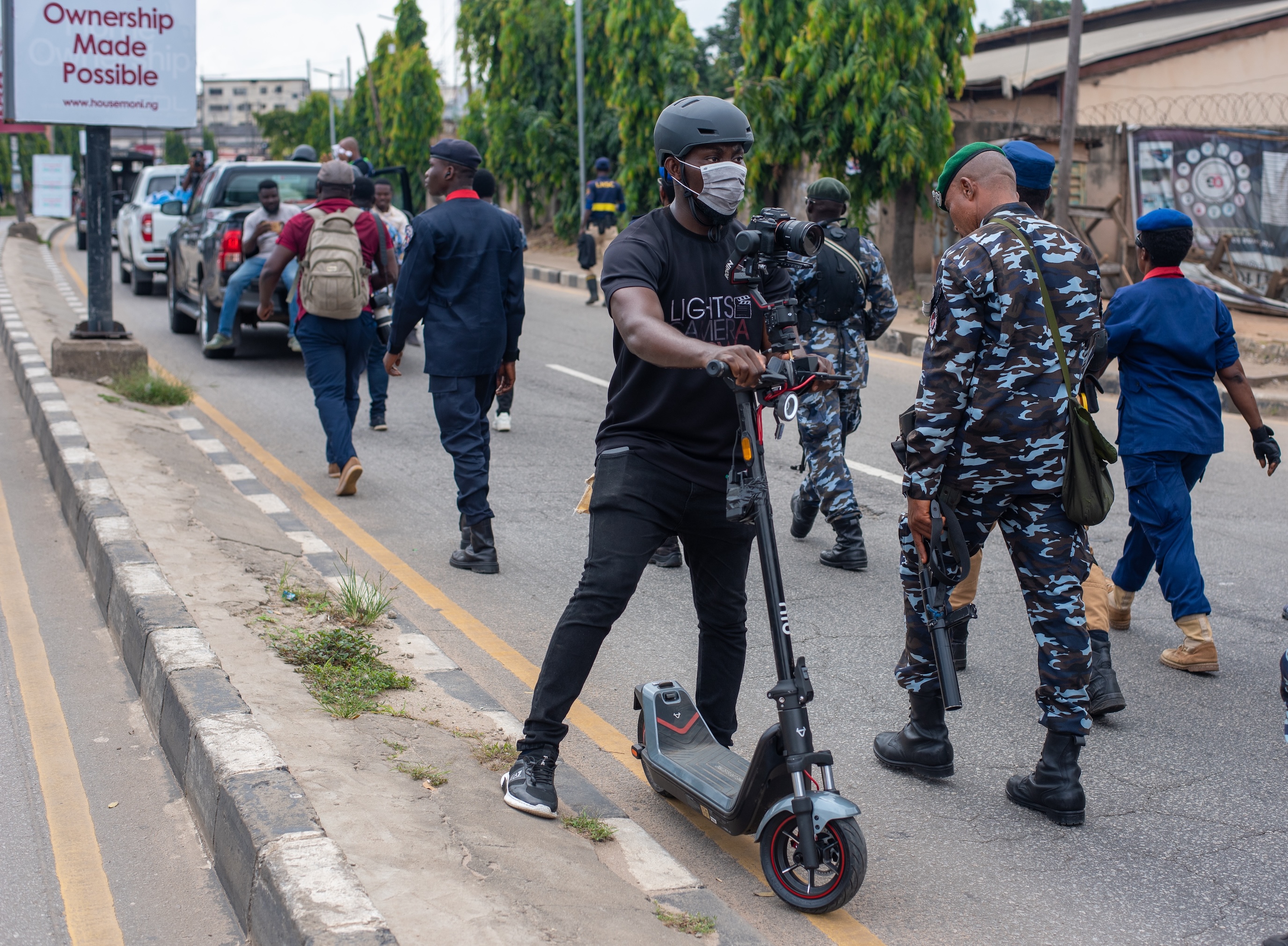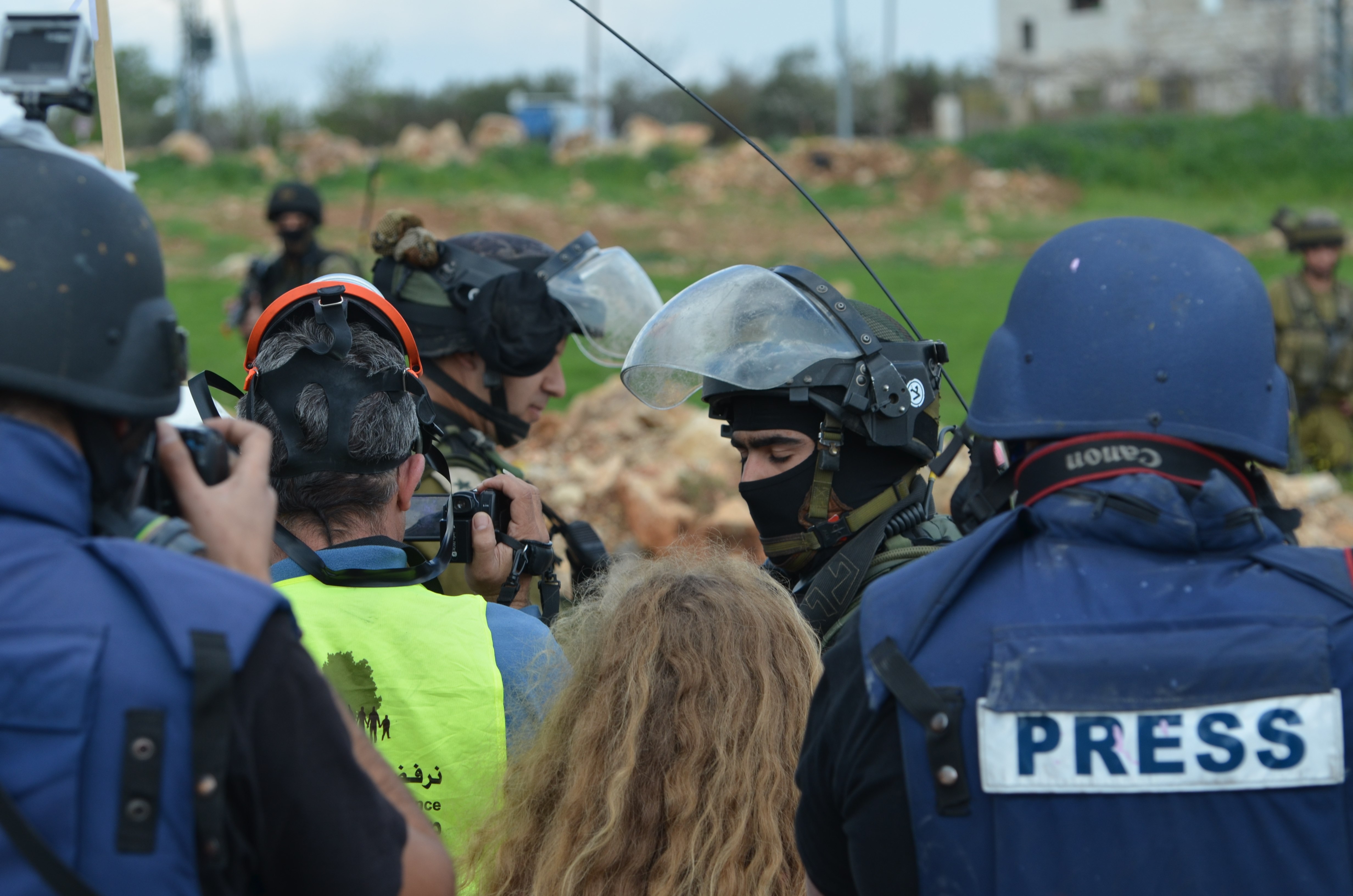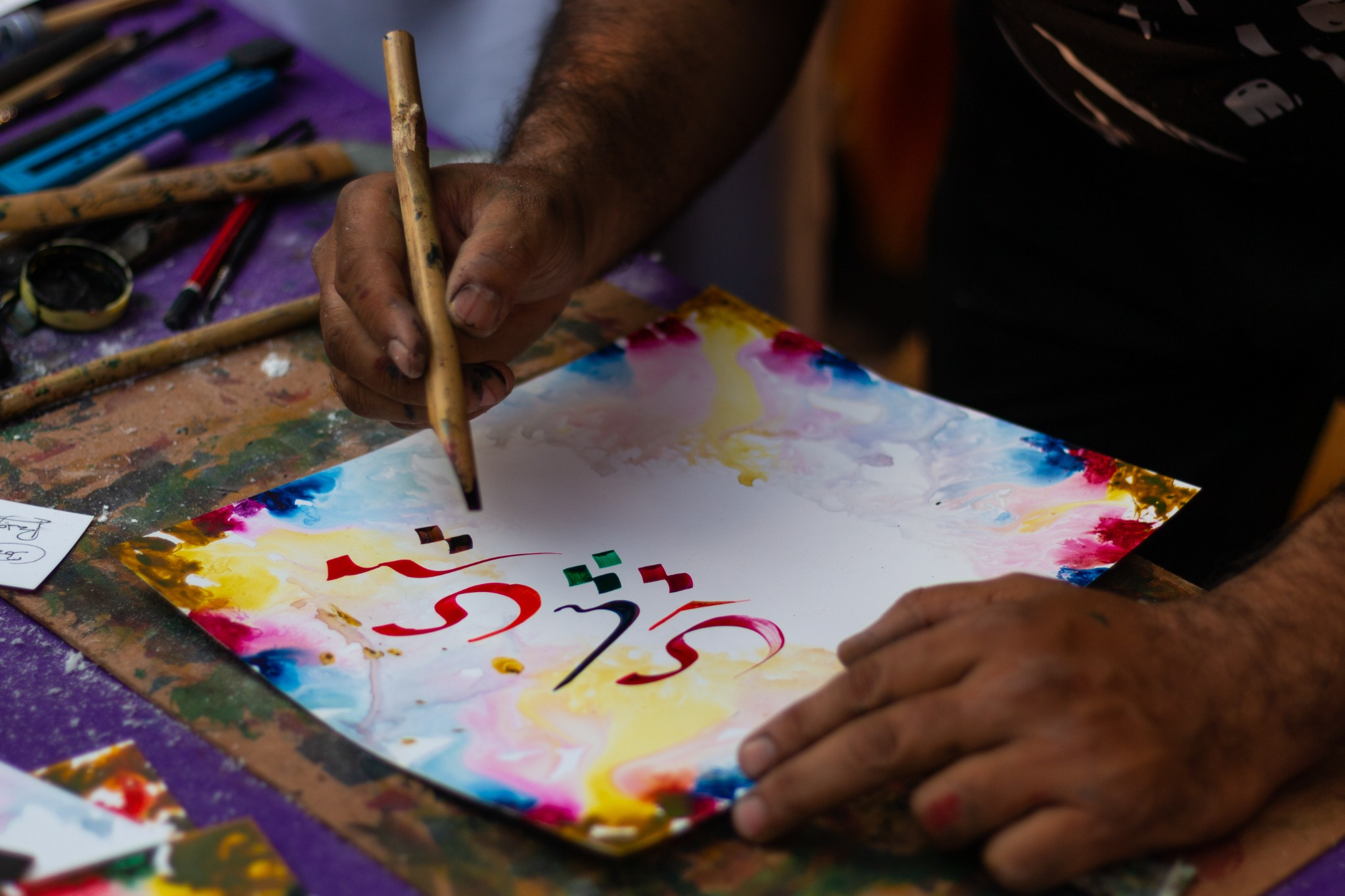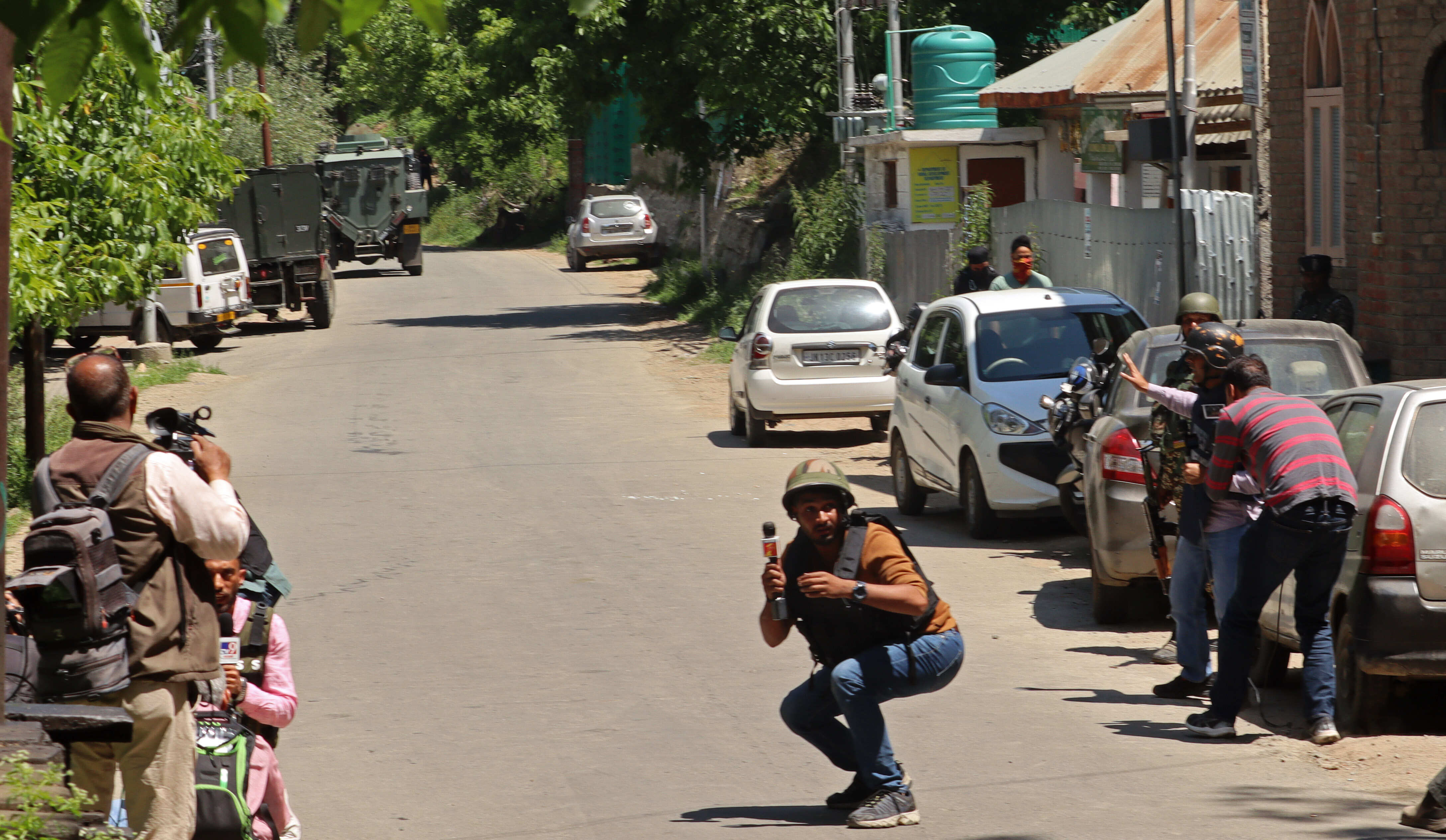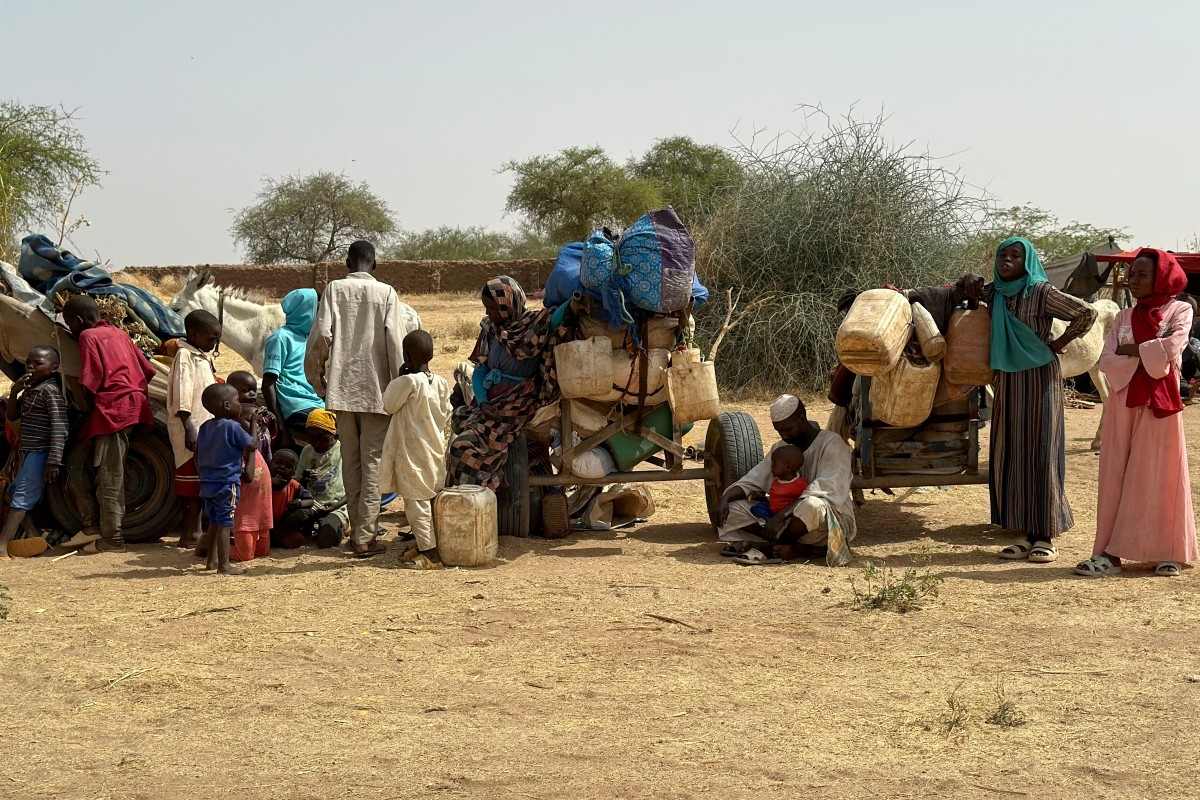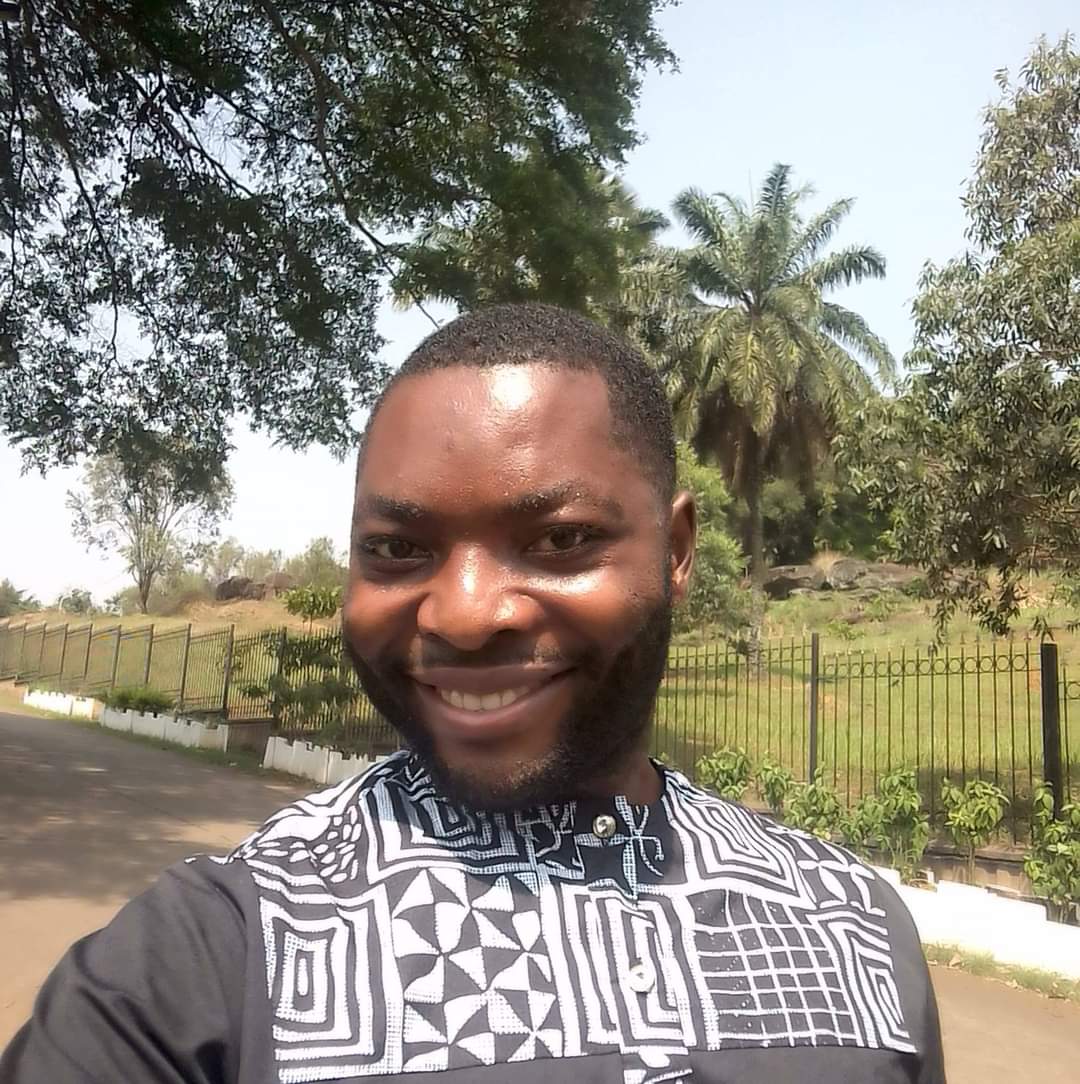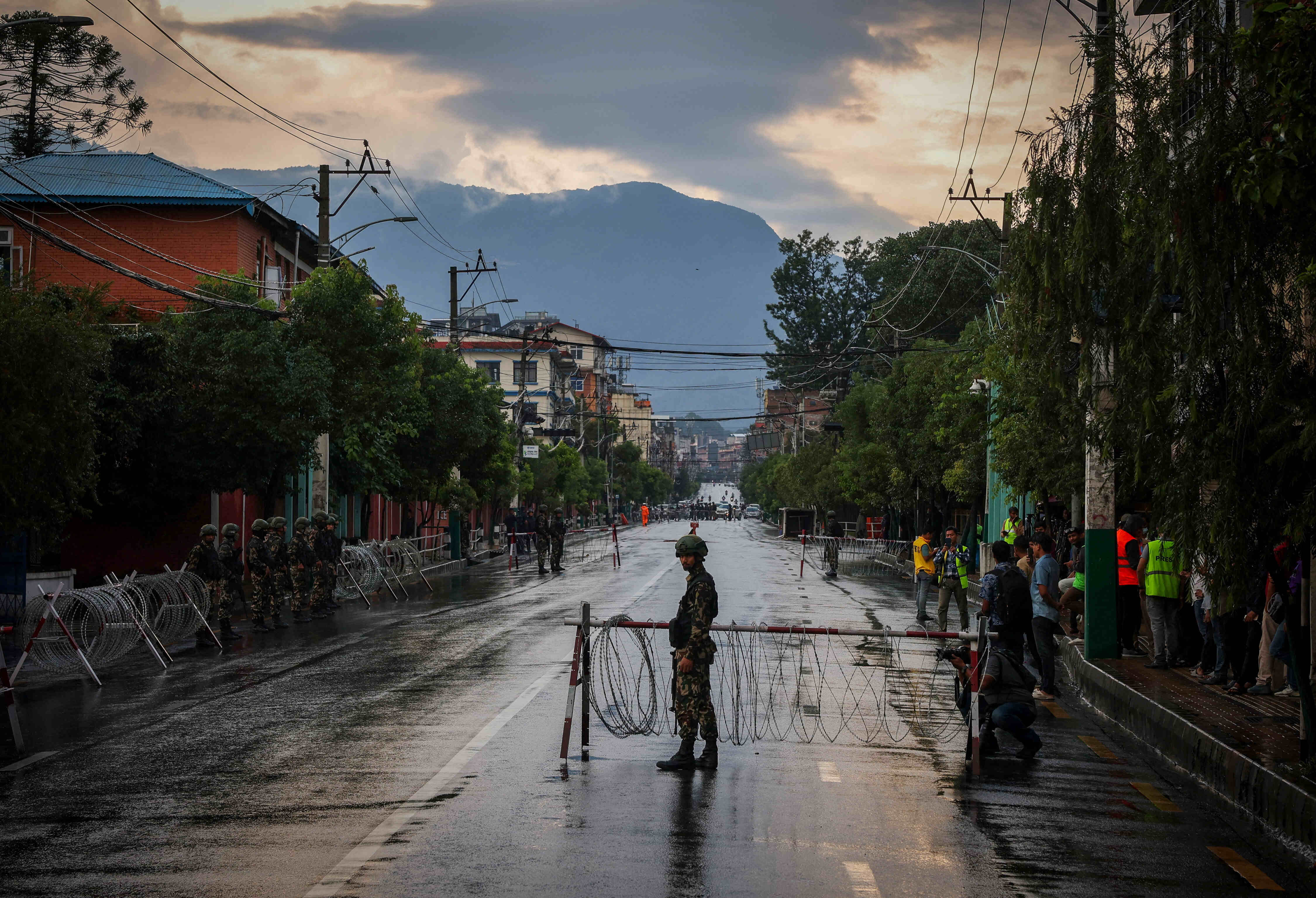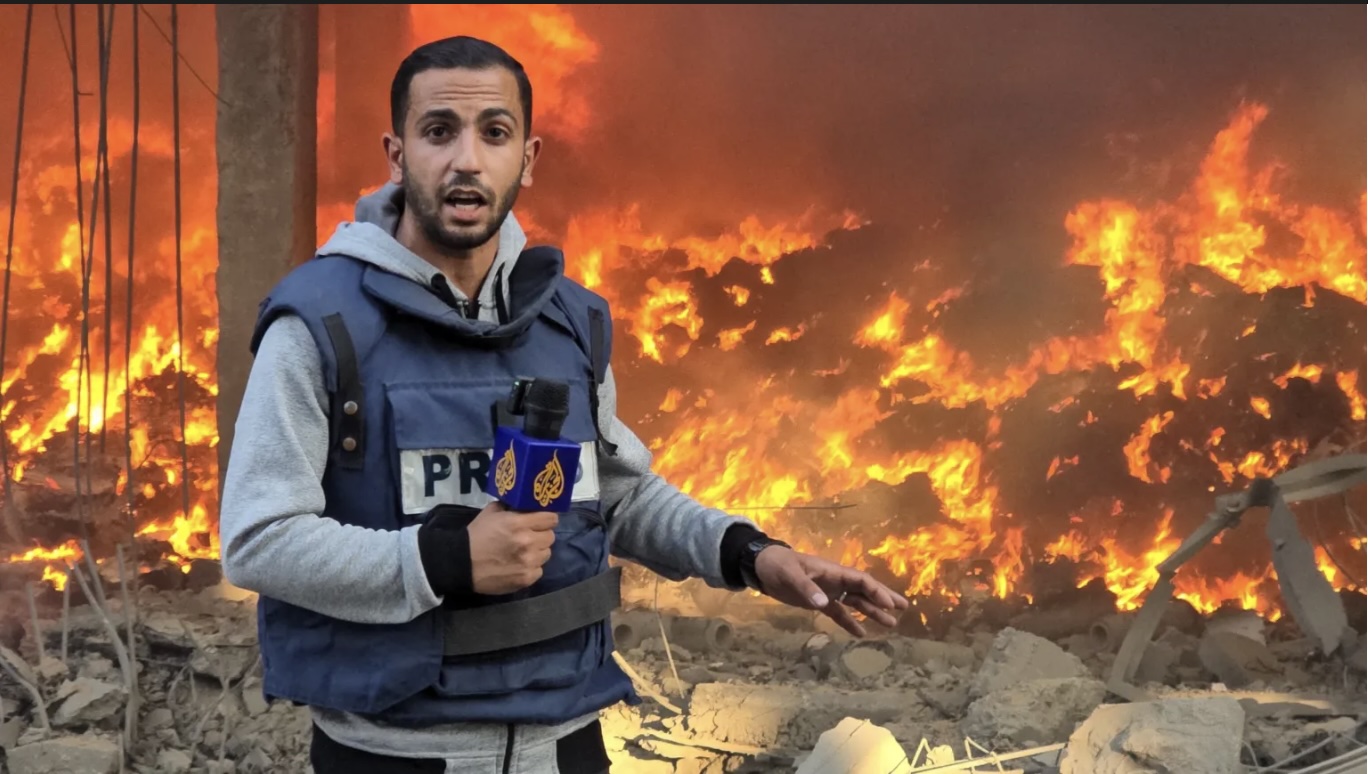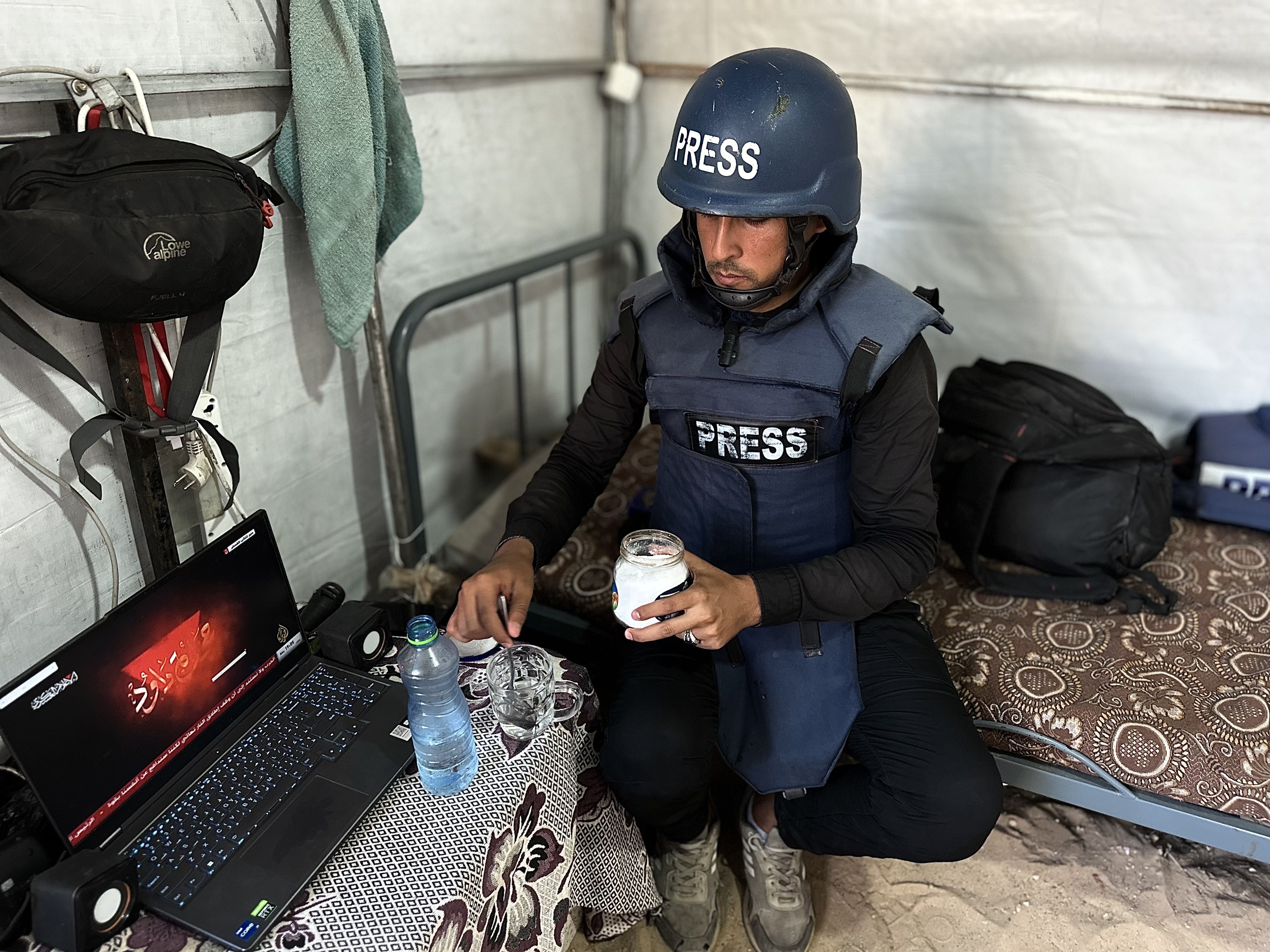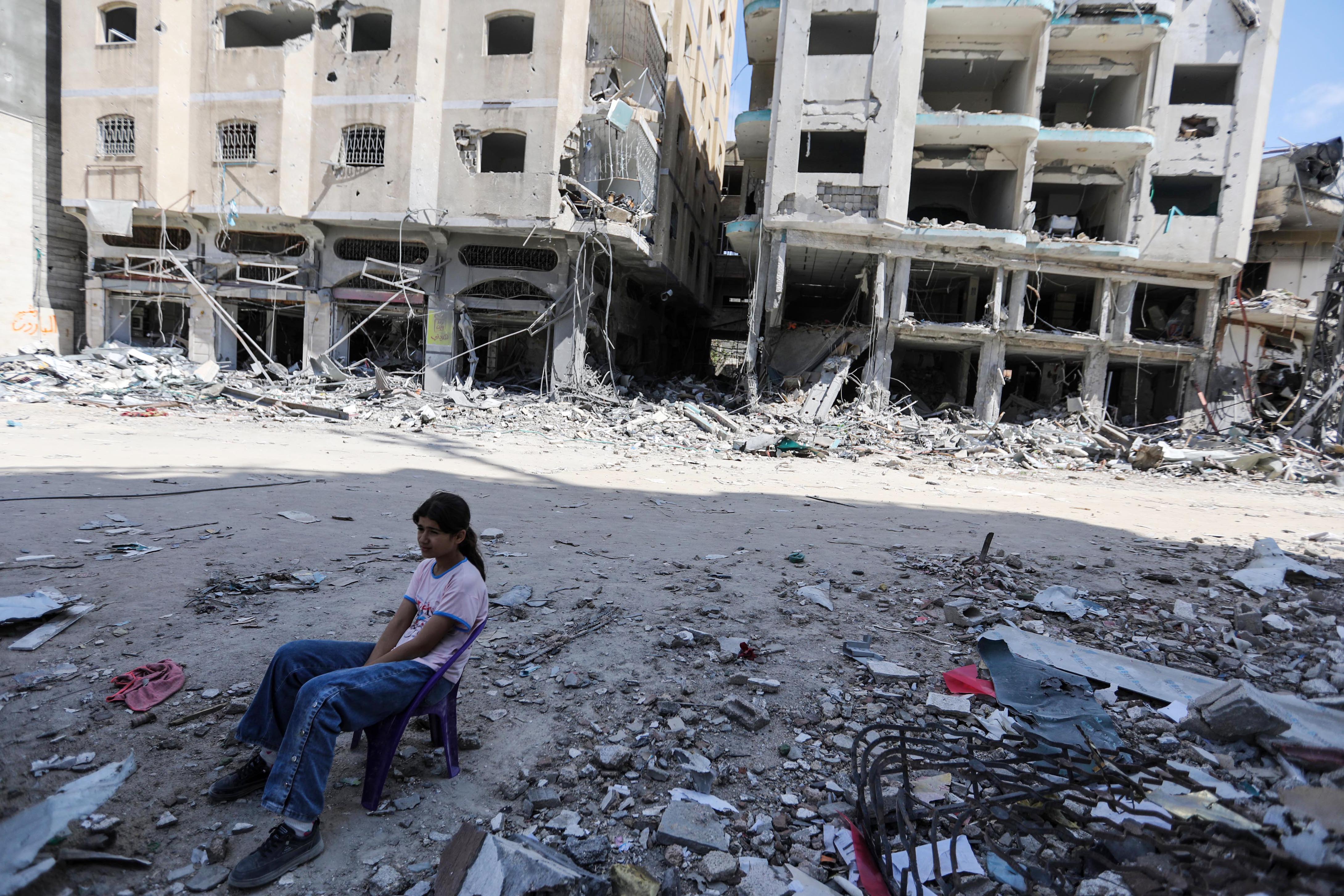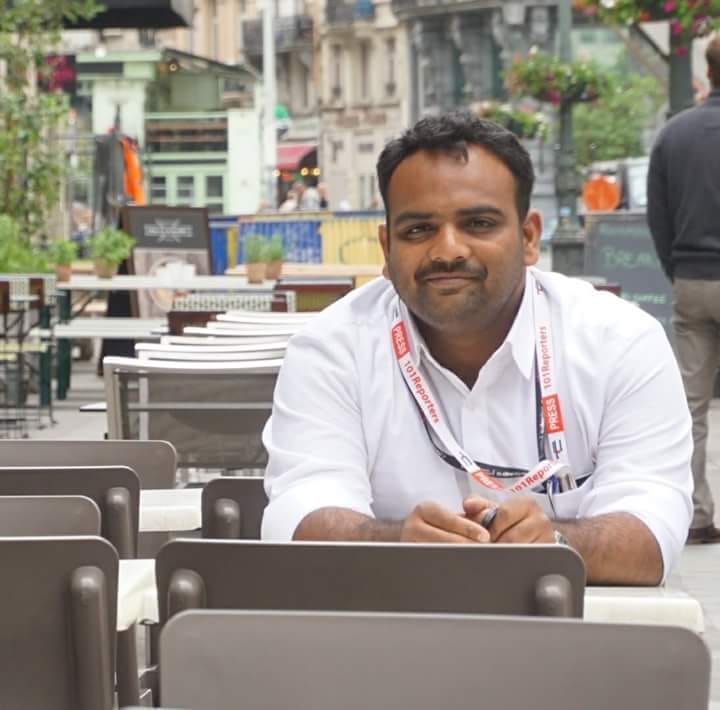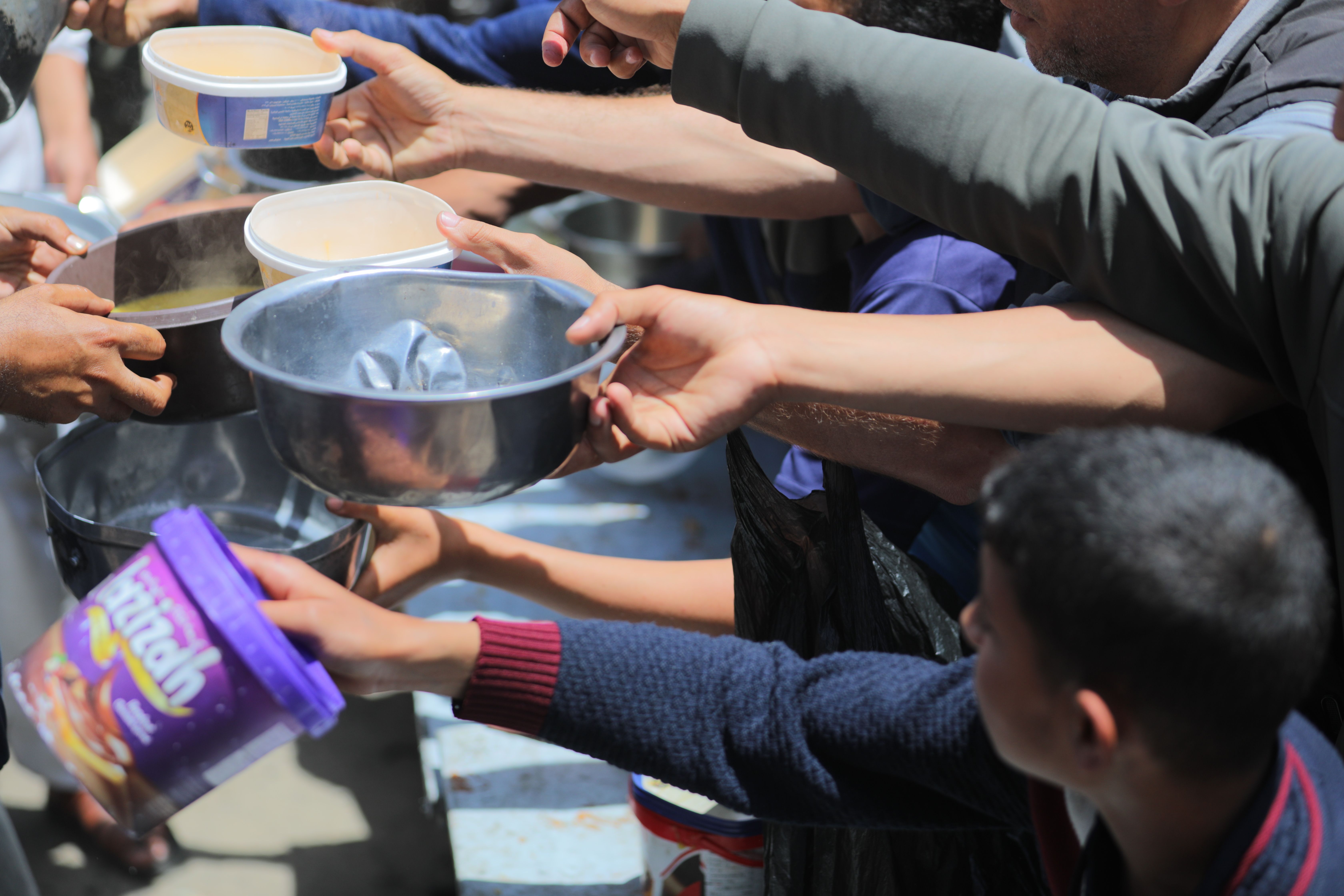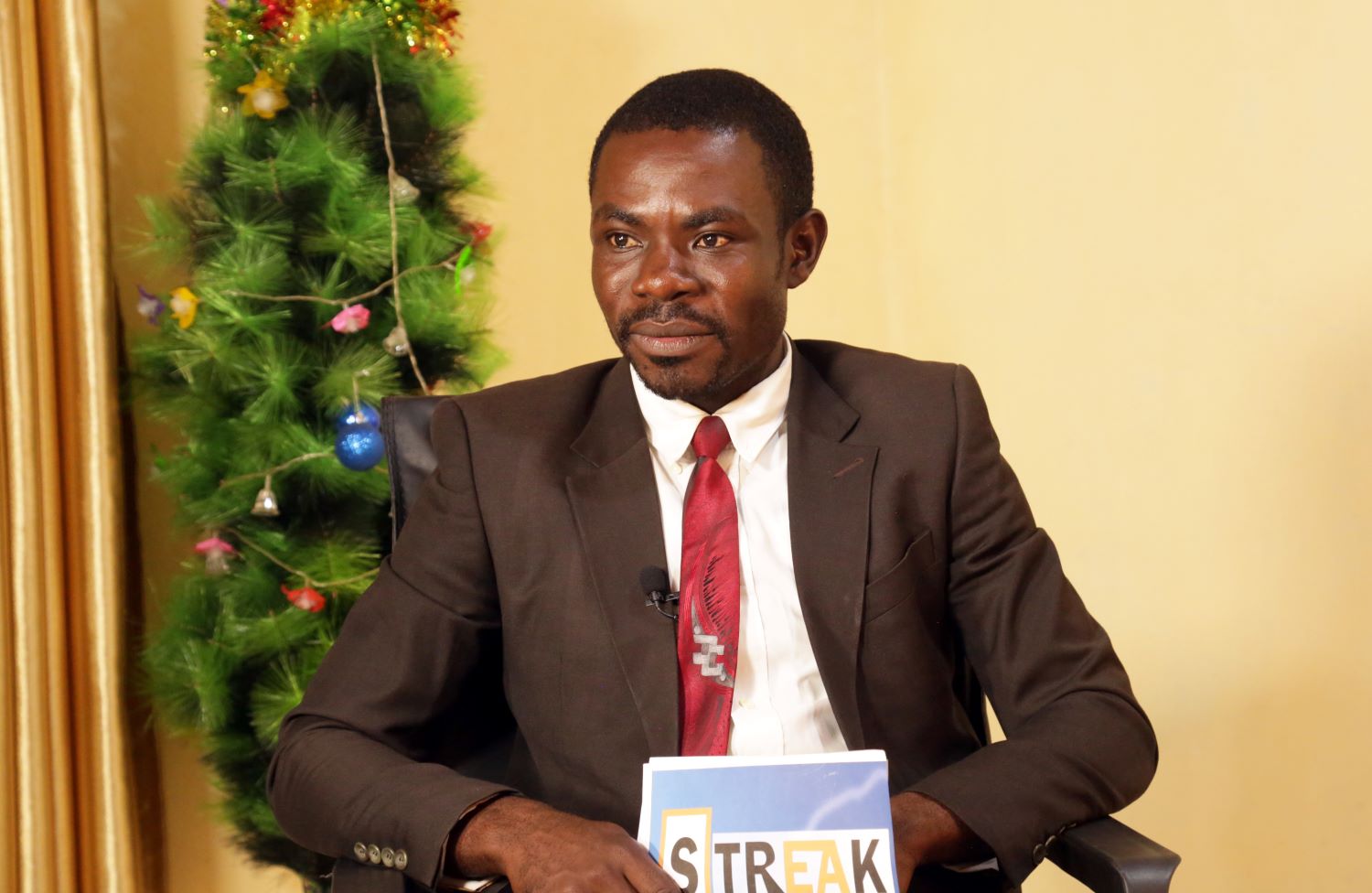It was a roller coaster ride with news organisations all over the world giving breathless, minute-by-minute reports on the daring rescue. How does the media create suspense and is this sort of coverage useful?
Much like an electrifying roller coaster ride - breathless anticipation as we rise slowly towards the highest peak, pause, and then hurtle down into a heart-pounding sharp drop, followed by an upside-down hang time - the media strategically crafts narratives with twists and turns that grip us in suspense, thrill and emotion.
These gripping narratives, which keep us on the edge of our seats, often revolve around stories hanging or in the middle of reaching a pending result. They encourage viewers to remain engaged and witness the unfolding drama until its conclusion. Through this, media outlets effectively maintain interest and build a dedicated following. Consequently, this leads to higher ratings, increased readership and more online traffic which can, in turn, attract advertisers and generate higher revenue.
Late last month, we once again found ourselves perched on the front seat of an emotional roller coaster, when news broke about a stranded and fragile cable car cabin dangling hundreds of feet above the ground over a valley in northwest Pakistan. Prominent media outlets such as The New York Times, the BBC, CNN and The Guardian extensively covered the story.
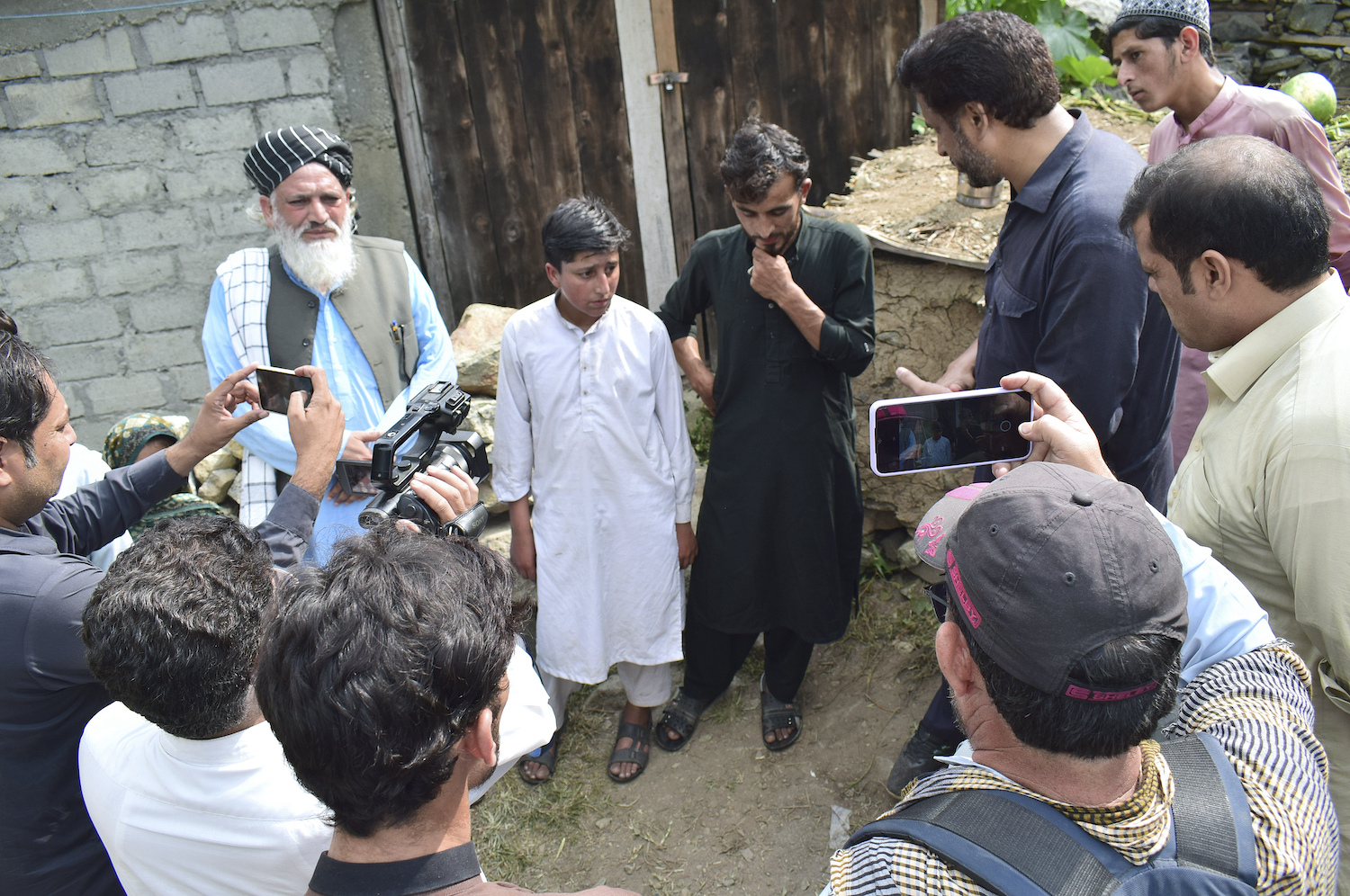
While chairlifts are a common sight in Pakistan, incidents like this occur worldwide and often go unnoticed. However, this particular situation managed to capture international headlines. Why? What drove such widespread attention to this particular incident?
The sheer vulnerability of the eight individuals trapped, including children, and the race against time to rescue them ignited global fascination. Because children were involved, it immediately created a universal appeal, invoking a sense of empathy and concern for the safety and well-being of the most vulnerable members of society.
It wasn't just another news story; it became a powerful symbol of human strength and teamwork in the face of adversity. Meanwhile, the breathtaking landscape of Pakistan's mountainous terrain added a visual dimension. The lush green valleys and towering peaks, usually overlooked in upbeat travel narratives, added a dramatic backdrop to the unimaginable challenges. Furthermore, the incident resonated deeply with the universal fear of heights and showcased the courage of the rescuers.
However, this incident serves as an illustrative example of a more common trend within the media landscape. It's a world where attention often leans toward stories containing elements of uncertainty and even risk, teetering on the edge, swinging like a pendulum between safety and impending danger - creating suspense. Whether it's a political election, a courtroom trial or a sporting event, the media's ability to create tension is a skill honed to perfection.
The dramatic and high-stakes situation, involving children, naturally garnered intense public interest and concern, transcending geographical boundaries
It's a delicate balancing act, providing information while keeping audiences hooked. In this process, the media not only captures our attention but also fuels our appetite for thrilling narratives. However, this extensive emphasis on the theme of “suspense” often overshadows a nation's strides in progress, its resilience, and its everyday positive stories. So, why is the media so obsessed with suspense?
The research article, "Thrilling News Revisited: The Role of Suspense for the Enjoyment of News Stories" by Frontiers in Psychology, found that: "Suspense positively influences the enjoyment of a news story indicated by one's reading appreciation and lingering interest in the news story. Hence, suspense was expected to be a significant mediator." In simpler terms, when news stories are designed to maintain suspense, they increase people's liking for the news and keep them interested for longer. The feeling of suspense, acting as a bridge, enhances immersion and allows people to enjoy and engage with the news story.
In the case of the cable car, it wasn't just the incident itself, but the uncertainty surrounding its resolution that held our collective attention. We found ourselves glued to updates, hungry for the next piece of information that might tip the scales one way or the other.
As we examine the media's intense coverage, the headlines read like chapters in a gripping novel, drawing readers and viewers deeper into the unfolding situation. This effect was achieved through the use of vivid and evocative language, making readers feel as if they were experiencing the events firsthand. The inclusion of sensory details, strong adjectives, and descriptive sentences reveals the media's artistry in creating anticipation. For instance, in the Guardian's tweet: "Children trapped in Pakistan chairlift after cable snaps", the use of the powerful adjective "trapped" conveys a sense of urgency, while the verb "snaps" implies a state of immobilisation and helplessness, adding an element of surprise and danger.
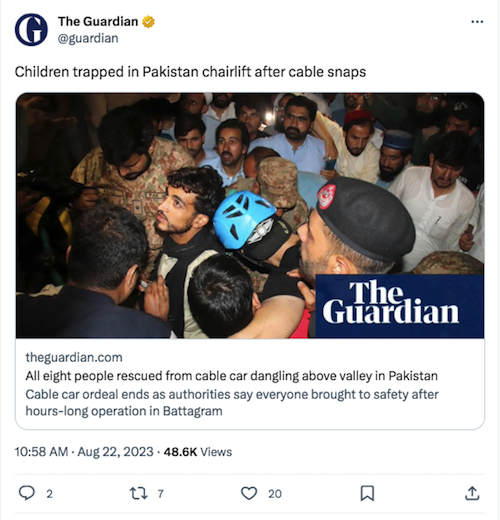
While the word "children", which can imply a wide age range including young infants, piques curiosity about their age, it adds another layer of suspense to an already gripping narrative. Were they teenagers or perhaps younger? The absence of specific age details in the initial reports leaves room for viewers to use their imagination, forming their own mental portraits of these young individuals and speculating about their experiences, fears and hopes. However, as images and videos circulated, it became evident that the demographic was more mature - children old enough to comprehend the gravity of the situation they were in.
Roller coasters and suspenseful news stories share a common approach to capturing their audience: meticulous pacing and timing. Roller coasters are expertly designed to engage riders from start to thrilling finish. Likewise, in news reporting, information isn't disclosed all at once; instead, media outlets progressively unveil critical details.
For example, BBC News World shared a Live Update on Twitter using a carousel format, with the title: "What's been happening with the trapped cable car?" Each slide featured captivating pictures and presented the story step-by-step. This design encourages people to swipe through the updates, with each part drawing them closer to the heart of the story.
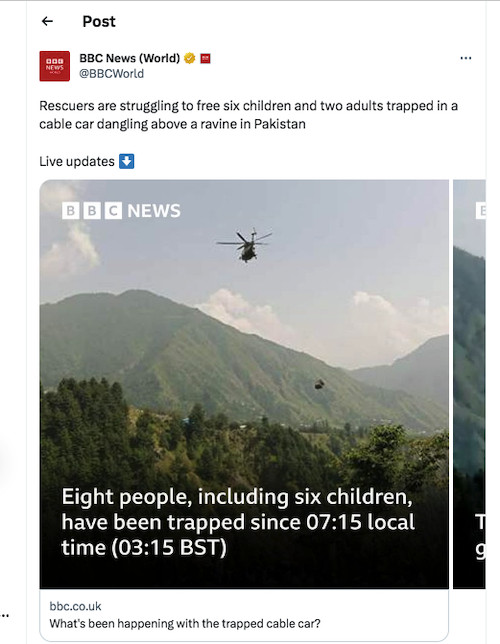
In the first slide, they set the stage: "Eight people, including six children, have been trapped since 07.15 local time." This initial piece of information hooks the audience by revealing the gravity of the situation, creating suspense as readers wonder about the fate of those involved.
In the second slide, the publication depicted a striking visual dimension of the high-stakes scenario: "They are 300m (900 ft) above the ground without water or food." By highlighting the absence of water and food, the BBC further intensifies the audience's emotional engagement.
In a poignant portrayal, the next slide highlighted the stories of passengers in the cable car: "One of the boys on board has a heart condition." This revelation allows us to connect personally with those involved and creates a heart-wrenching sense of vulnerability and urgency. It almost feels like experiencing the roller coaster's sharp turns.
The next slide analysed the ongoing emergency response and local weather conditions: "Strong winds are hampering rescue efforts." This unexpected development adds complexity and increases the level of uncertainty.
Ending the last slide with: "Cable cars are frequently used for transportation in Pakistan's mountainous Khyber Pakhtunkhwa province", the feed initiates discussions about safety regulations and encourages readers to anticipate further details in the upcoming segment.
By revealing details step-by-step, engaging readers emotionally, and weaving a narrative that progresses at a controlled pace in this case, the BBC skillfully constructed suspense and curiosity.
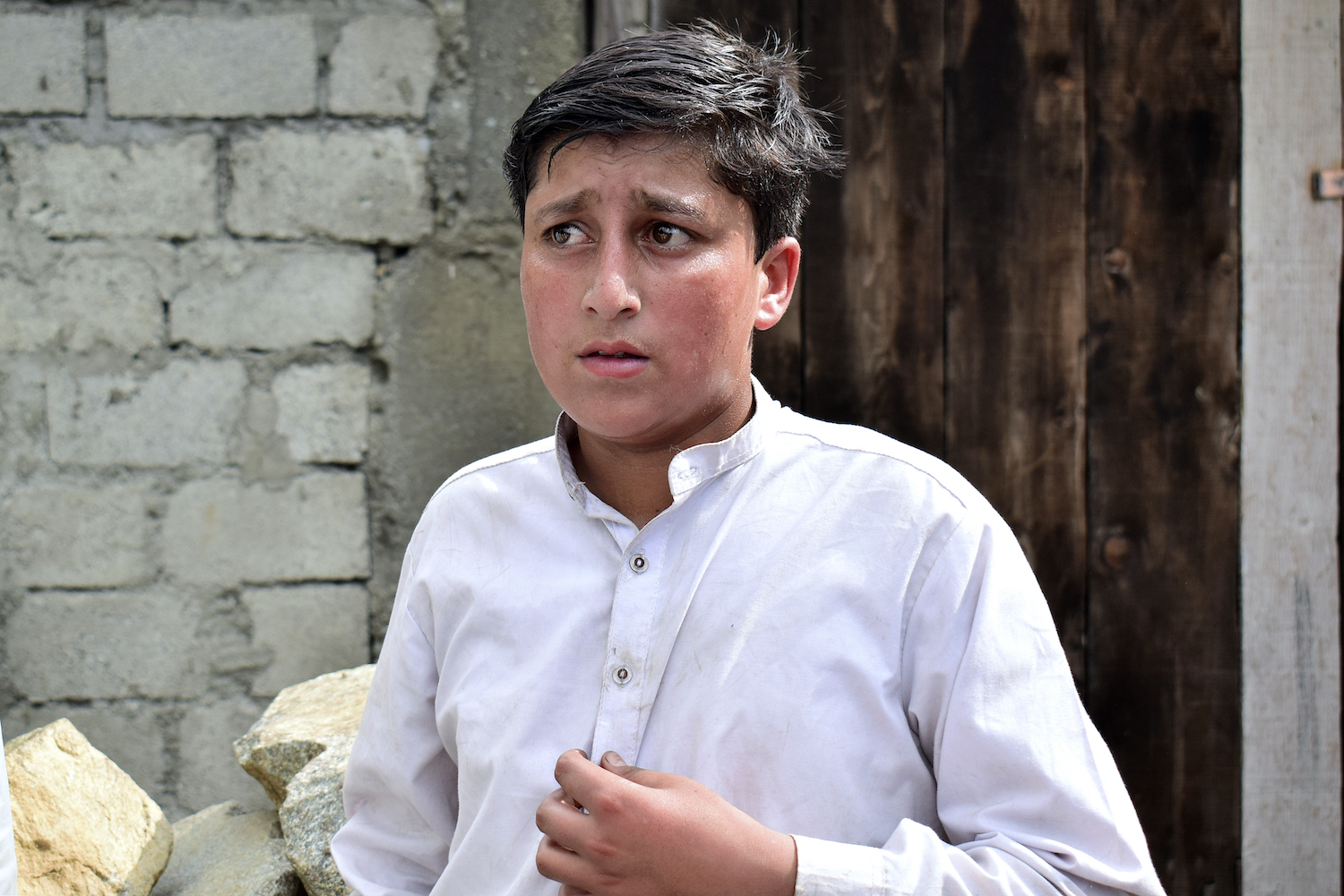
Furthermore, both roller coasters and news stories share another common element: a climax. This is the peak of tension, where the challenge reaches its height and the outcome remains uncertain. Just as roller coasters surprise thrill-seekers with twists and loops, the cable car rescue mission also surprised news readers as hours passed without the passengers being rescued.
This element was exemplified by Sky News which, with a compelling video, showcased the rescue team's strategies in action: "Rescuer pulls himself along line to cable car as children still trapped." The word "still" emphasises the ongoing critical situation, highlighting the urgency readers need to be aware of. Additionally, the action phrase "pulling himself along the line" suggests a daring and selfless act, evoking admiration and respect for the rescuer's bravery and instilling hope for a potential improvement in the situation.
With crisis management in the spotlight, BBC News World tweeted: "Rescuers are struggling to free six children and two adults trapped in a cable car dangling above a ravine in Pakistan." Much like riders experiencing a whirlwind of emotions during unexpected roller coaster turns, including excitement and fear, viewers also feel a range of emotions. These emotions include empathy for those trapped, anxiety about the outcome and even suggestions from the audience. One reader tweeted: "Instead of a helicopter, a hot air balloon equipped with a wire and descent devices might be useful," while another wrote: "Praying for a safe rescue."
Even local publications in the United Kingdom, including the Belfast Telegraph and Metro, closely followed the cable car rescue operation. The dramatic and high-stakes situation, involving children, naturally garnered intense public interest and concern, transcending geographical boundaries.
The roller coaster thrills its passengers with one more loop and twist before a satisfying return to the station, a moment that quickens hearts and holds breaths. A similar connection can be seen in a tweet from Deutsche Welle: "Two children have been rescued from a stranded cable car dangling above a ravine in northern Pakistan. Five students and one teacher are still on board the car." This marked a pivotal moment in the ongoing story while adding yet another layer of suspense.
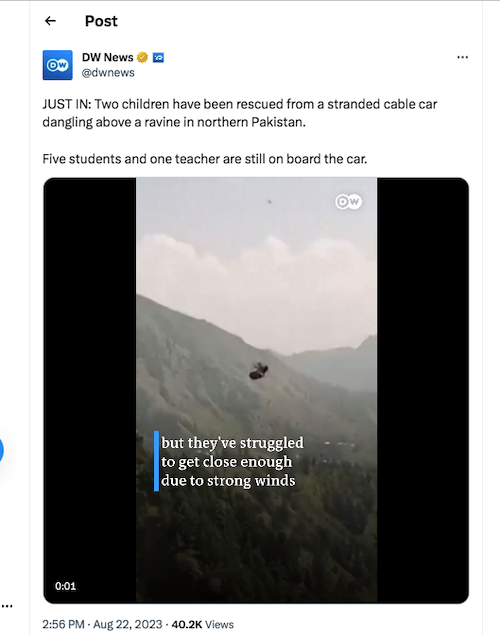
Nevertheless, as the moment of triumph arrived and all eight passengers were successfully rescued, media outlets conveyed the collective relief and joy using heartwarming words and phrases. The New York Times captured this moment with the following headline: "Helicopters, a Zip Line and Prayers: How a Cable Car Rescue Got Its Happy Ending." It was a moment similar to the roller coaster gliding into the station, where hearts, previously racing with anticipation, now ease into a sense of calm and contentment. Similarly, Reuters ran a headline stating: "Pakistan's prayers answered as cable car survivors given second life.''
On August 23, 2023, the day after the incident, the BBC proudly shared exclusive mid-air drone footage it had obtained. The footage, remarkably clear and almost cinematic, unfolded like a scene from a movie. It showcased breathtaking scenery and passengers clinging to the cable car, their precarious positions suspended high above the ground. This footage rapidly spread across social media and various media outlets, all of which credited the BBC as the source when sharing it. Indeed, it was a remarkable shot, vividly capturing the situation.
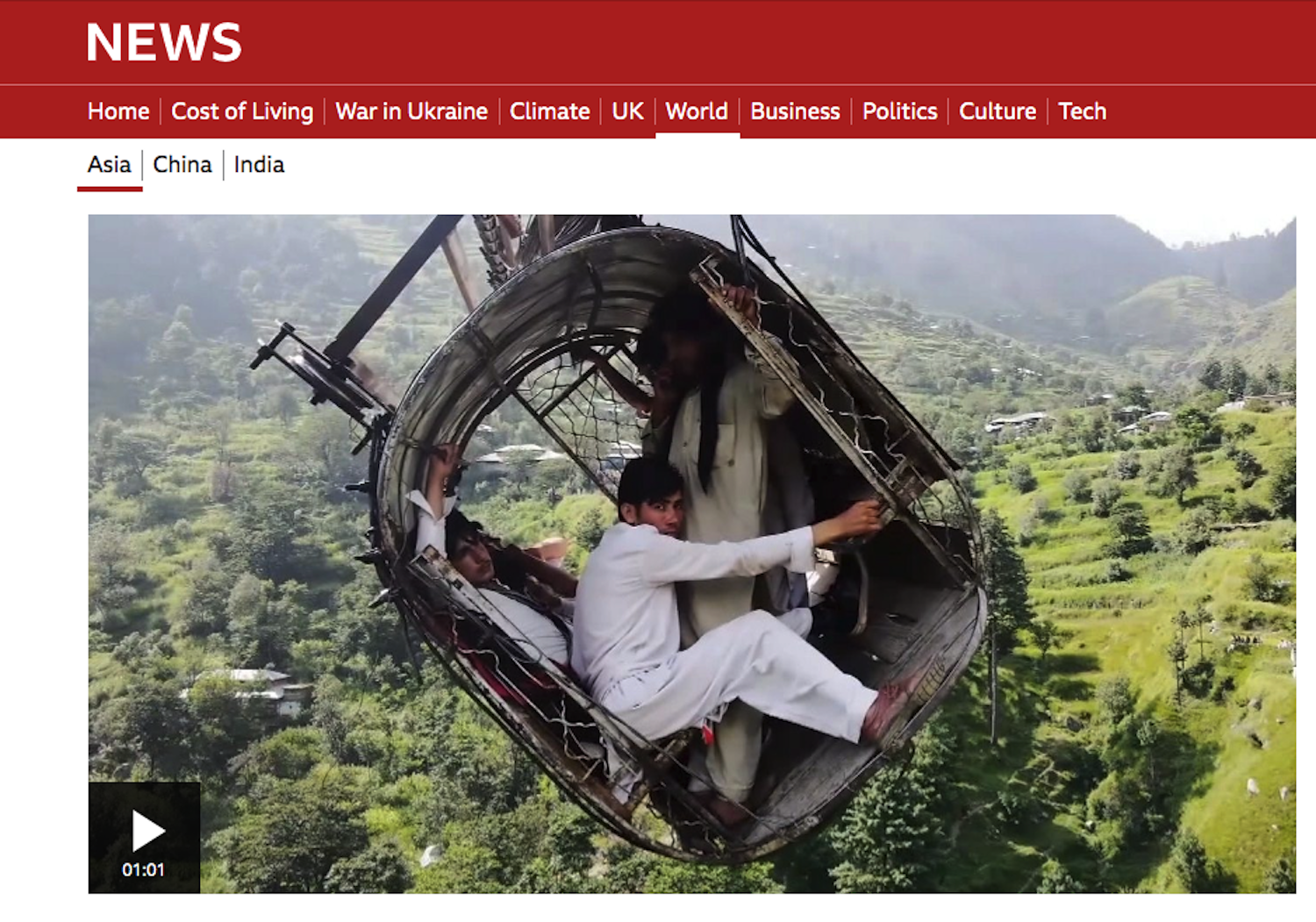
However, rather than offering assistance, advice or practical aid for this essential mode of transportation, the collective focus remained fixated on the astonishing footage. It's surprising how often this attention fails to translate into tangible support for those in need. We often witness dramatic news stories, but the expected help and support for those affected may not materialise. This disconnect between media coverage and real-world assistance showcases a significant issue in our information-driven society.
The media should widen its focus to showcase not just challenges but also the remarkable and inspiring stories that define a place
As if all this extensive coverage of the incident wasn't enough, it didn't stop there. Going beyond the immediate crisis, the Daily Mail delved into broader aspects by posing the question: "What is Pakistan's homemade cable car system?" This article delved into various aspects of this transportation mode, shedding light on its costs, materials, and highlighting similar incidents that have occurred in Pakistan. As the dust settled, Reuters explored the aftermath of the cable car incident, focusing on its impact on local communities with the headline: "Stranded cable car highlights Pakistan school accessibility crisis."
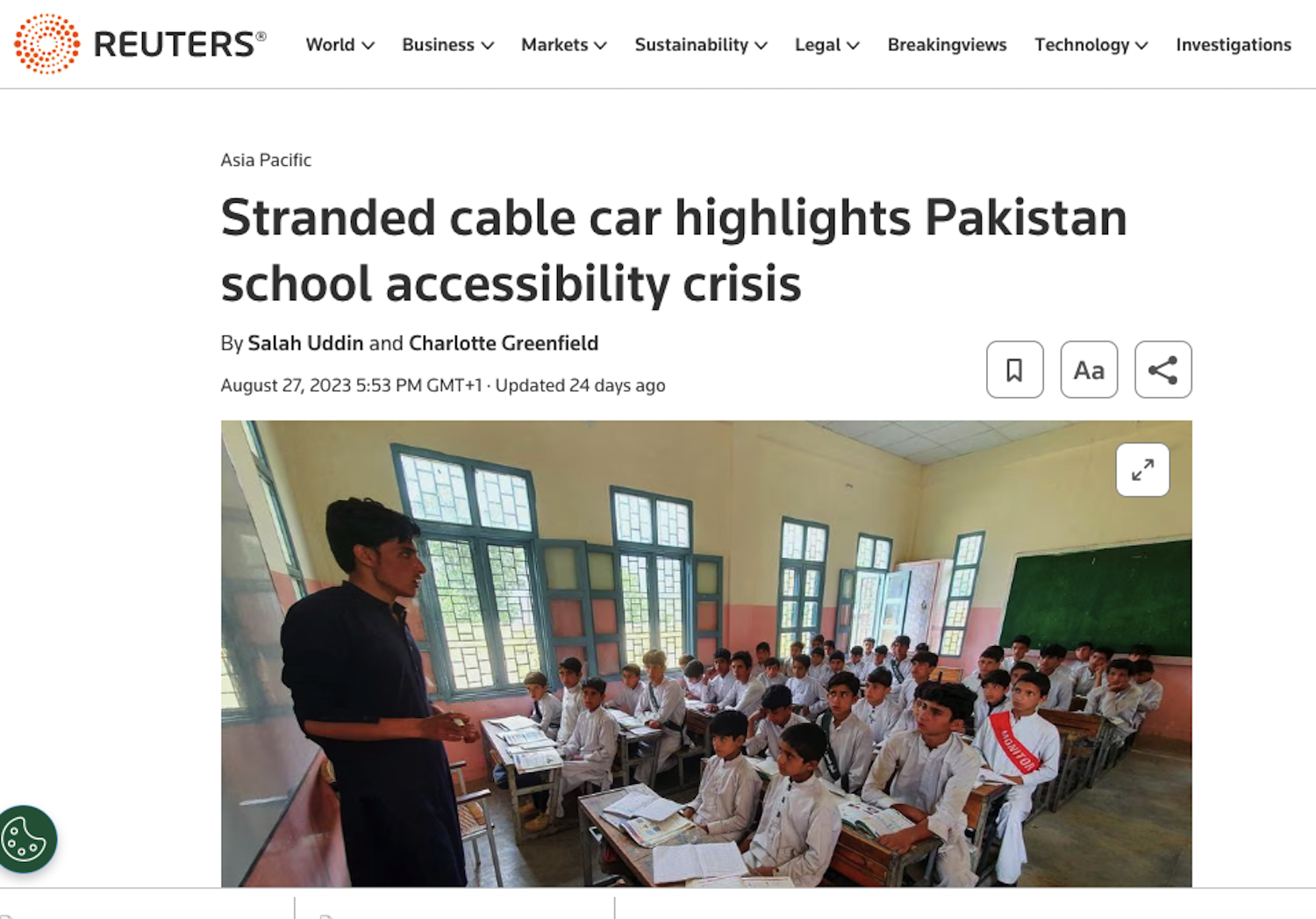
This intense media focus on a single incident can reinforce the perception of Pakistan as a place of instability and potential risk. While it's essential to acknowledge these issues, selective media coverage distorts a destination's image. This portrayal overshadows Pakistan's positive aspects - its vibrant culture, stunning landscapes, and the daily lives of its people. Throughout this suspenseful coverage, not one media outlet highlighted a broader spectrum of stories reflecting Pakistan's diversity and potential, let alone its features. Such disproportionate coverage perpetuates stereotypes and significantly impacts global perceptions of the country.
To craft a more balanced and nuanced narrative, the media must showcase stories that reveal the positive aspects of the region. For example, consider Pakistan's tourism cable cars, like the Patriata chairlift in Murree, introduced by the Tourism Development Corporation Punjab (TDCP), which offers visitors a scenic ride high above the dense forests of this beautiful region. Additionally, the Malam Jabba Chairlift provides panoramic views of the Ski Resort in Swat, highlighting the diverse attractions of the area. In February 2023, the Managing Director of TDCP visited the Patriata Chairlift to inspect its operational system, signalling the country's active commitment to ensuring safety, efficiency and overall quality in tourist experiences.
Moreover, these tourism cable car initiatives align seamlessly with the principles of sustainable tourism, emphasising the importance of minimising environmental impact while maximising benefits for local communities. They provide an eco-friendly mode of transportation, contributing to reduced carbon emissions and the preservation of fragile ecosystems. Beyond their environmental advantages, the cable cars also have a substantial economic impact, boosting the local economy by attracting visitors who support various local businesses, including hotels, restaurants and souvenir shops.
The media should widen its focus to showcase not just challenges but also the remarkable and inspiring stories that define a place. In a continuously evolving world of news, where stories unfold, capture our attention and eventually find resolution, media publications play a vital role in keeping us informed and shaping our perception of the world. As we conclude the chapter on the Pakistan cable car incident, we are reminded of journalism's dynamic nature and its enduring commitment to providing clarity, context and continuity to the stories that matter.
